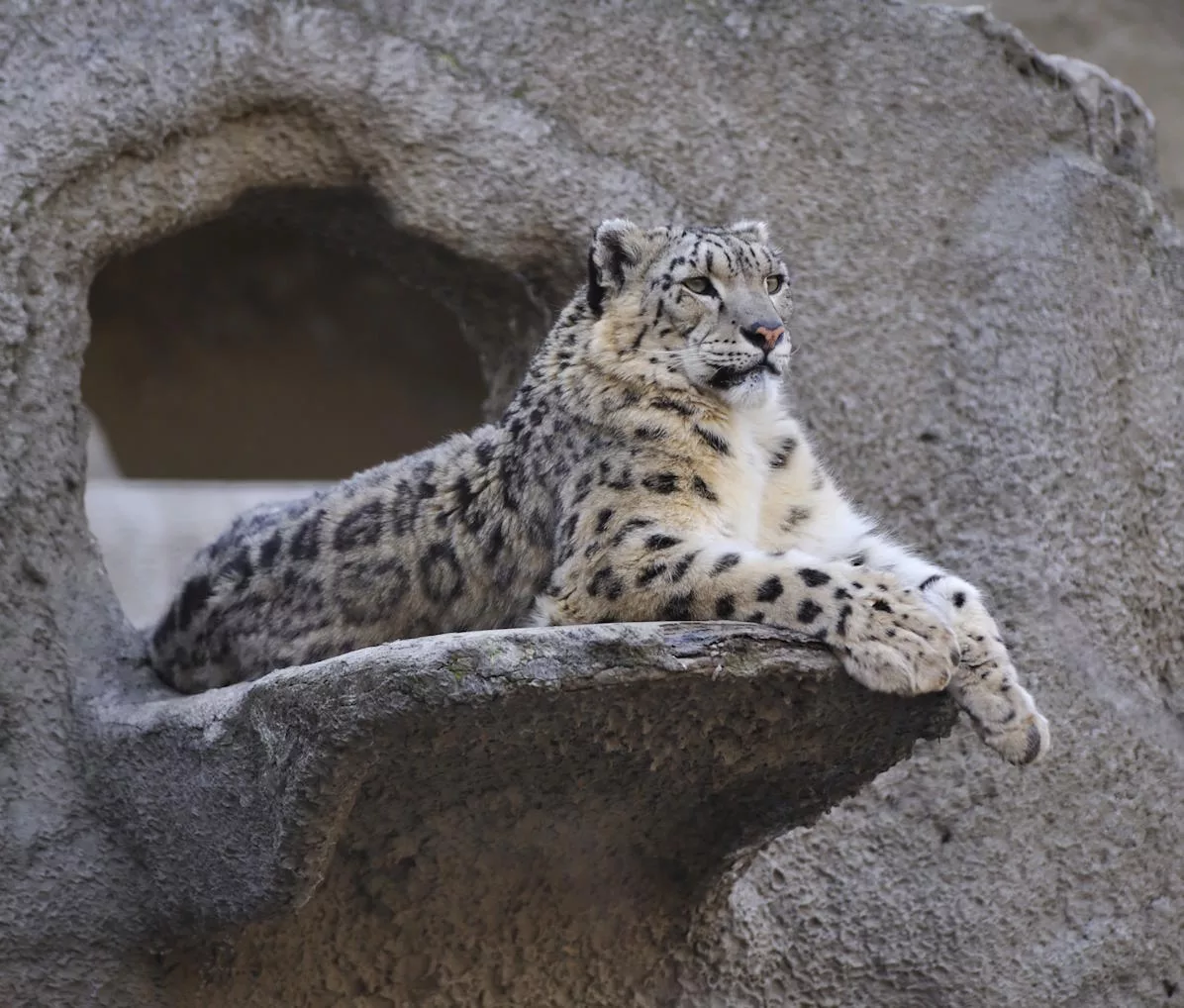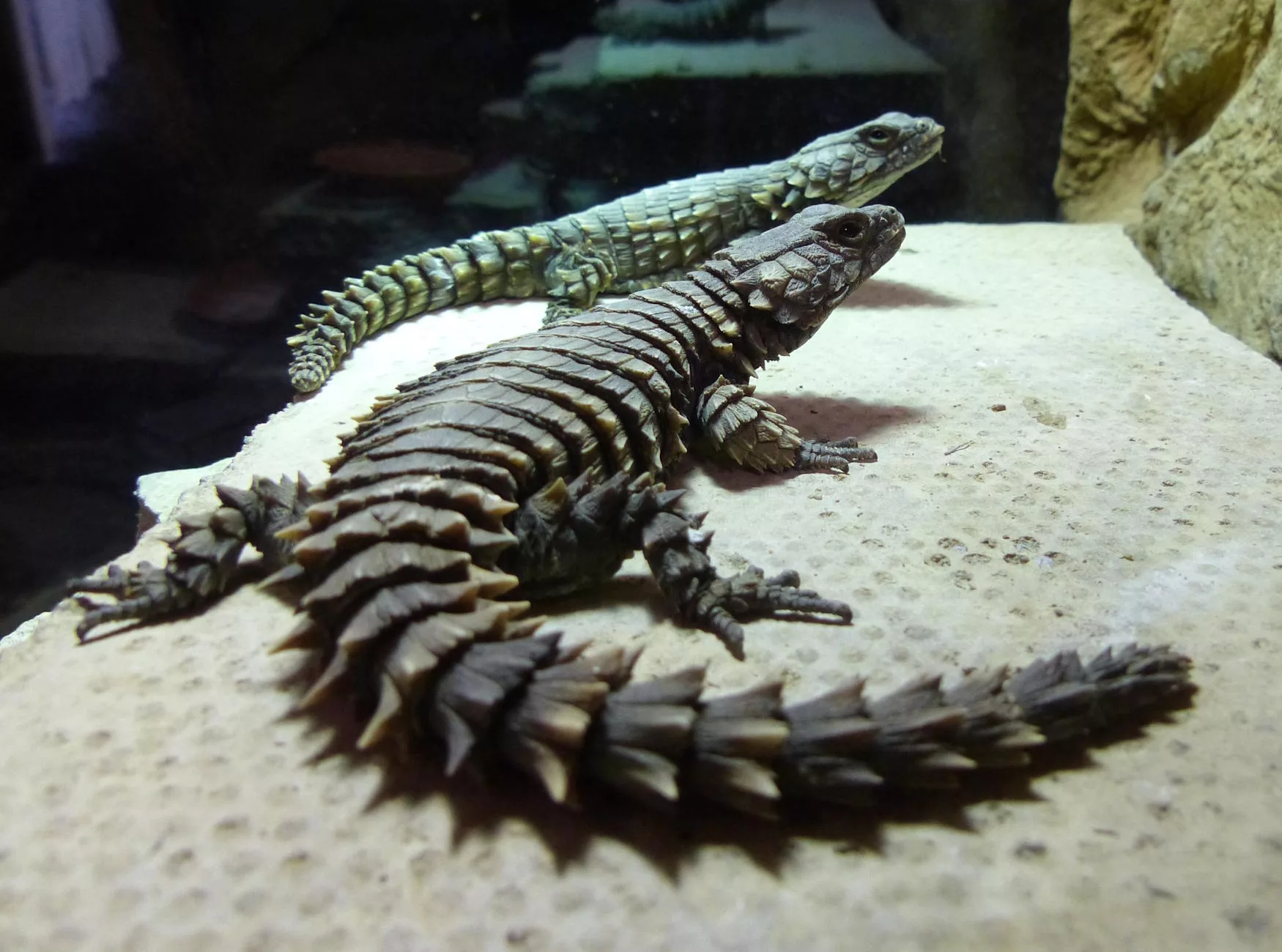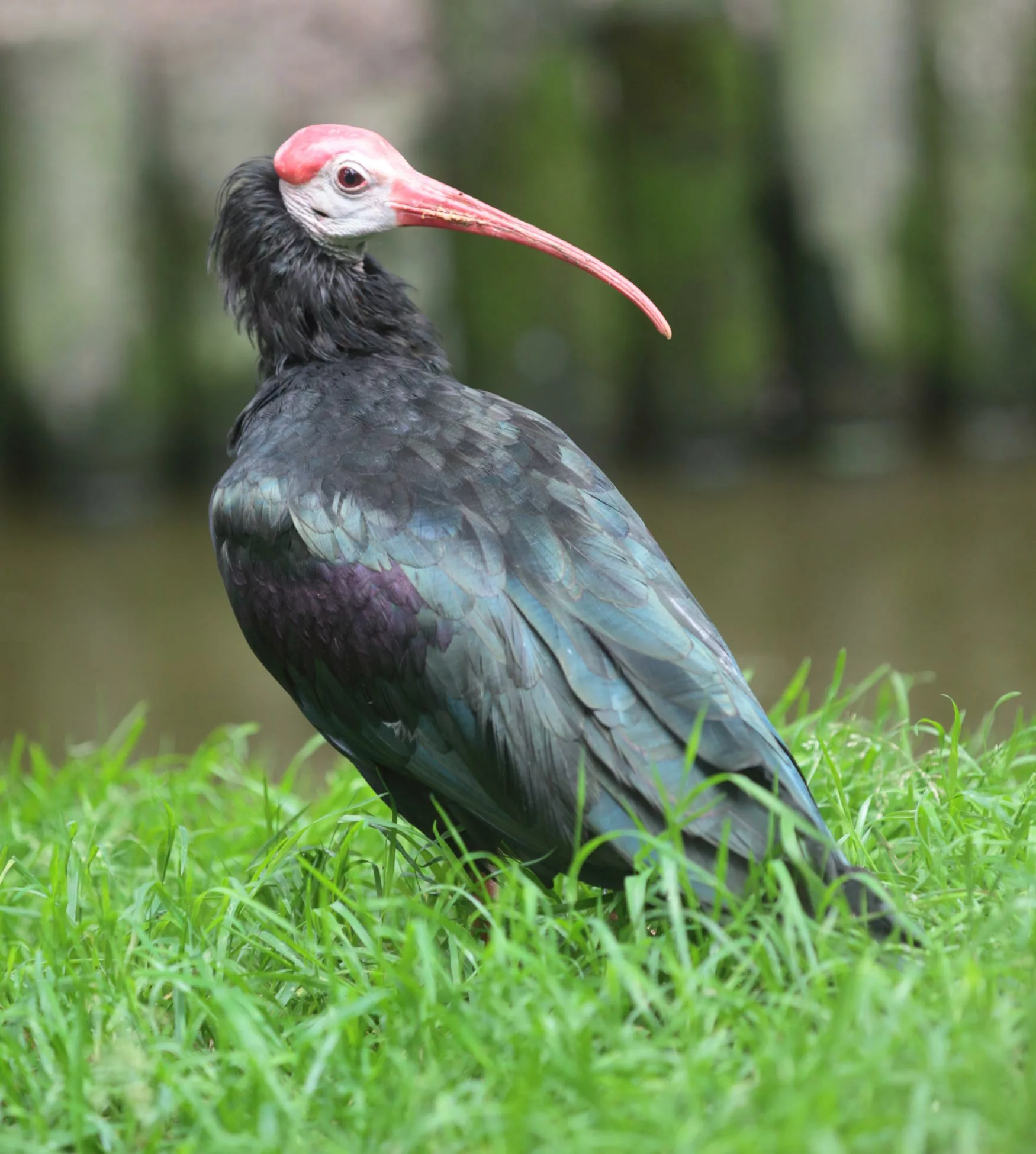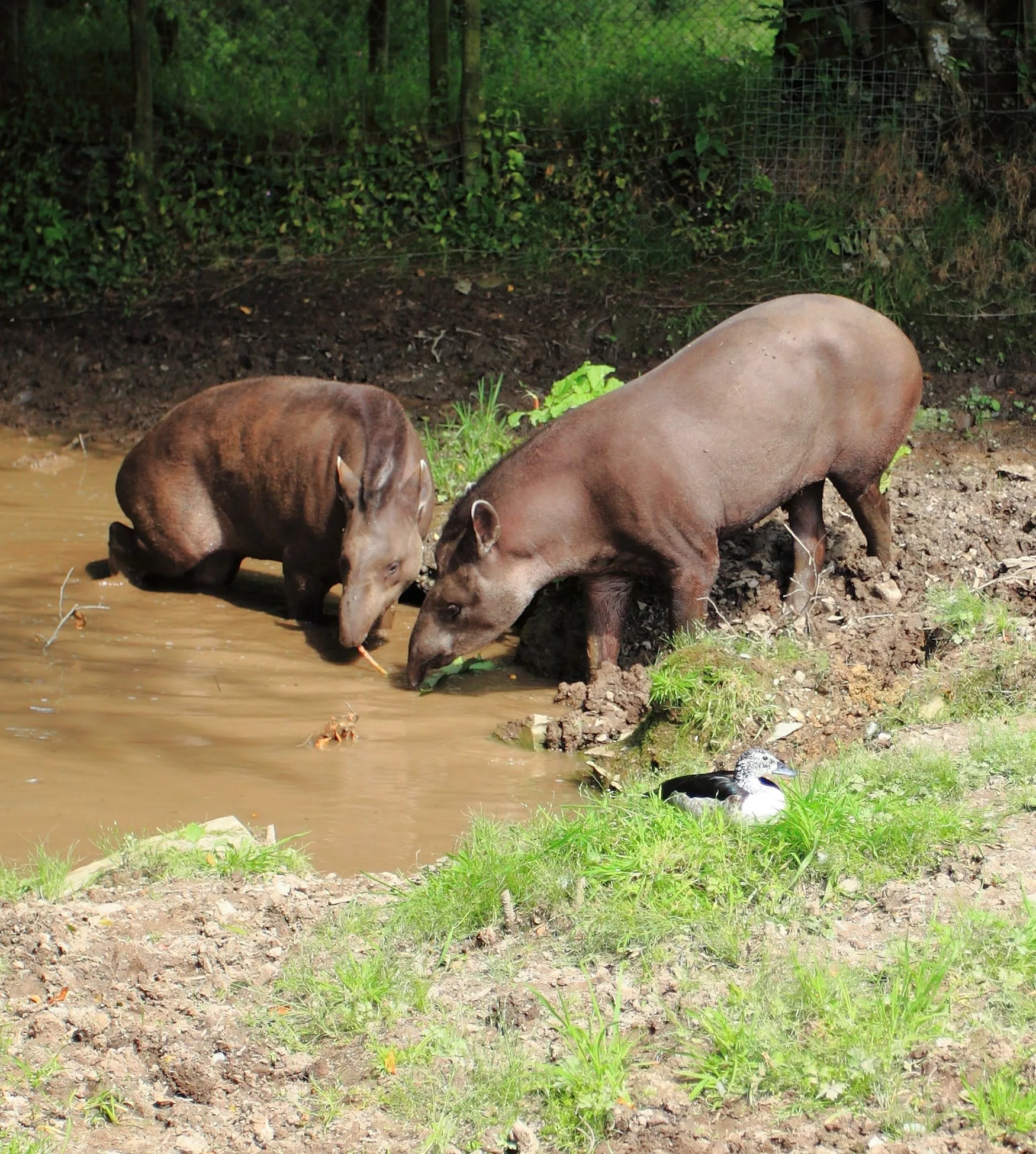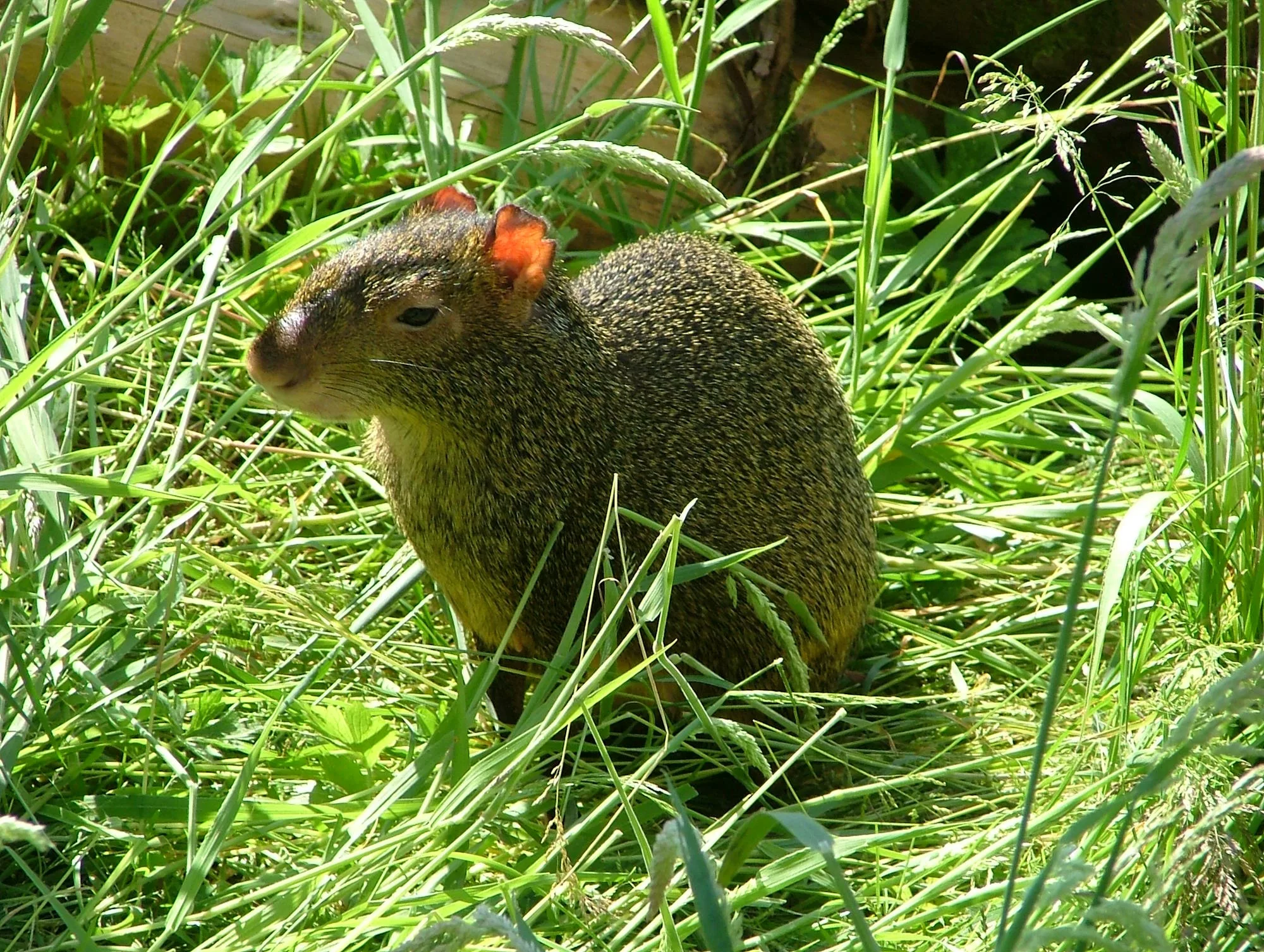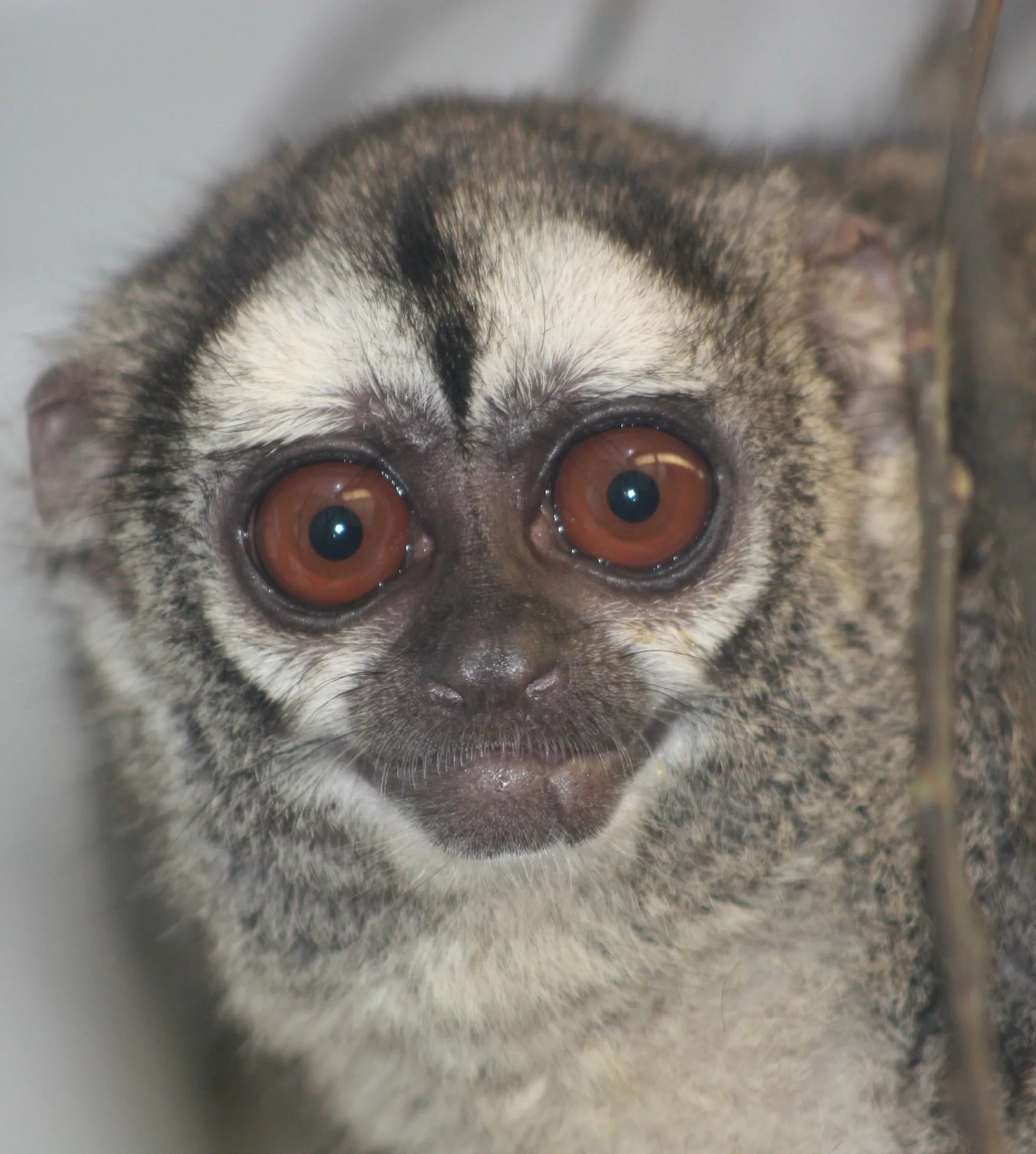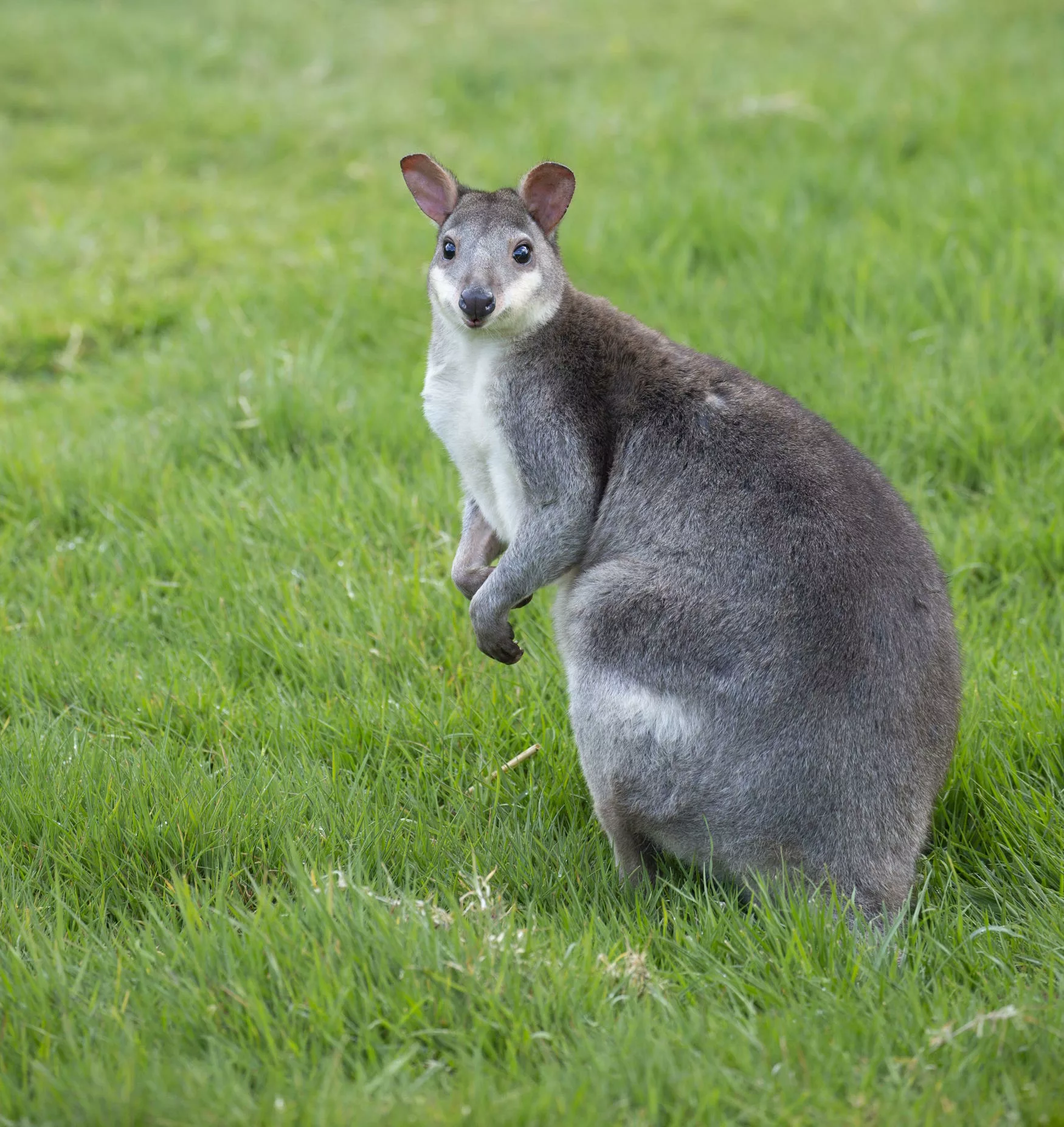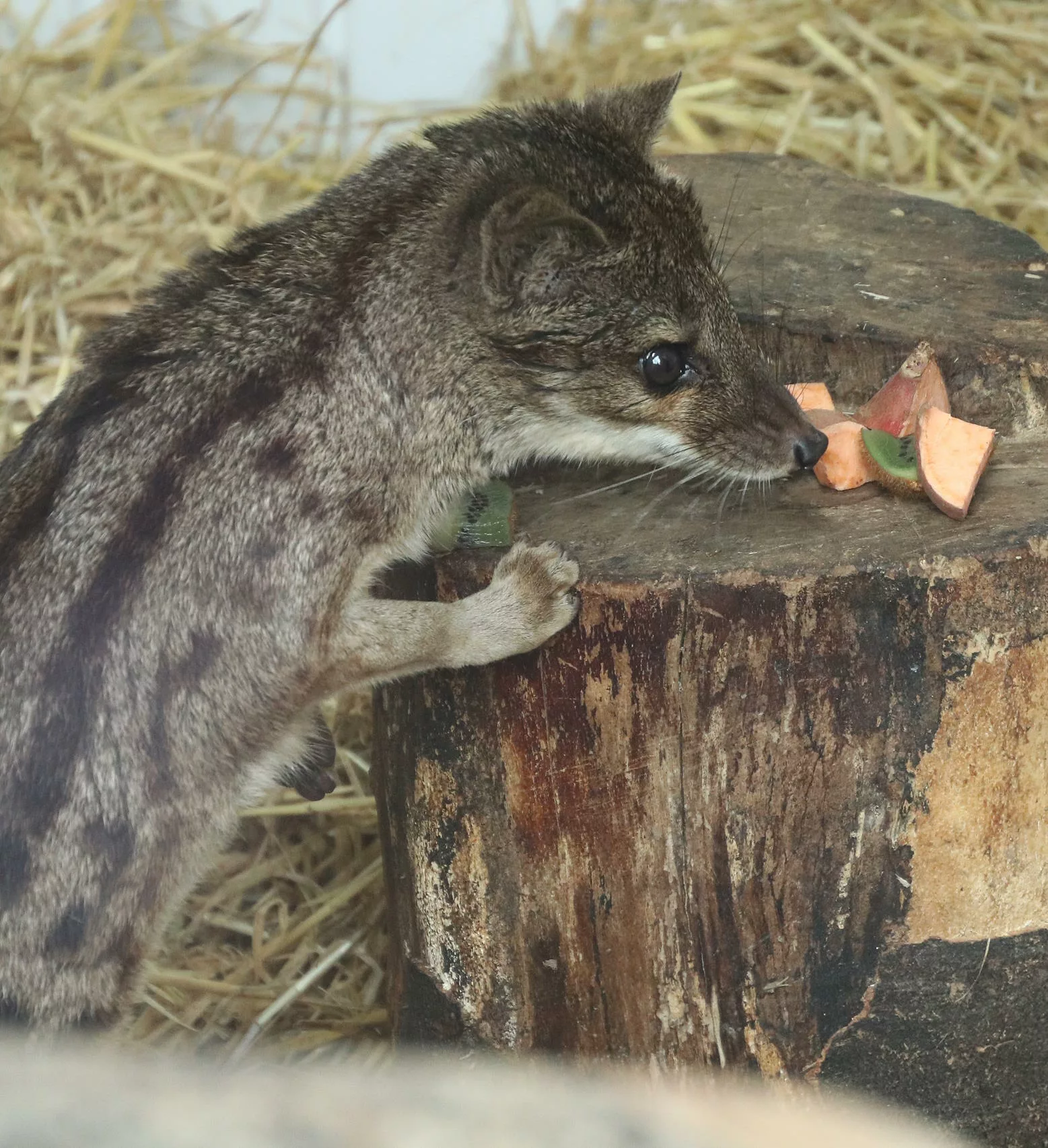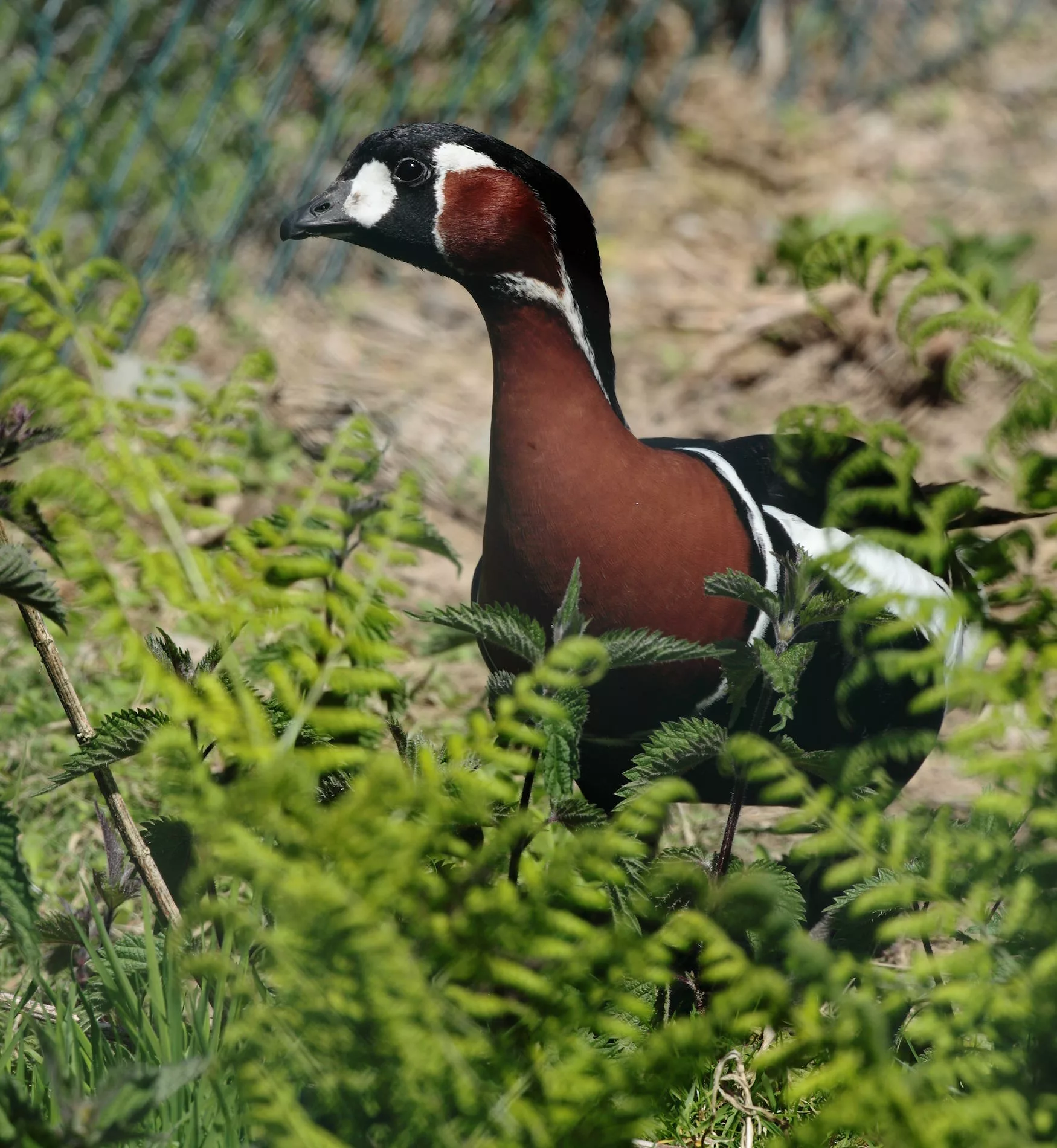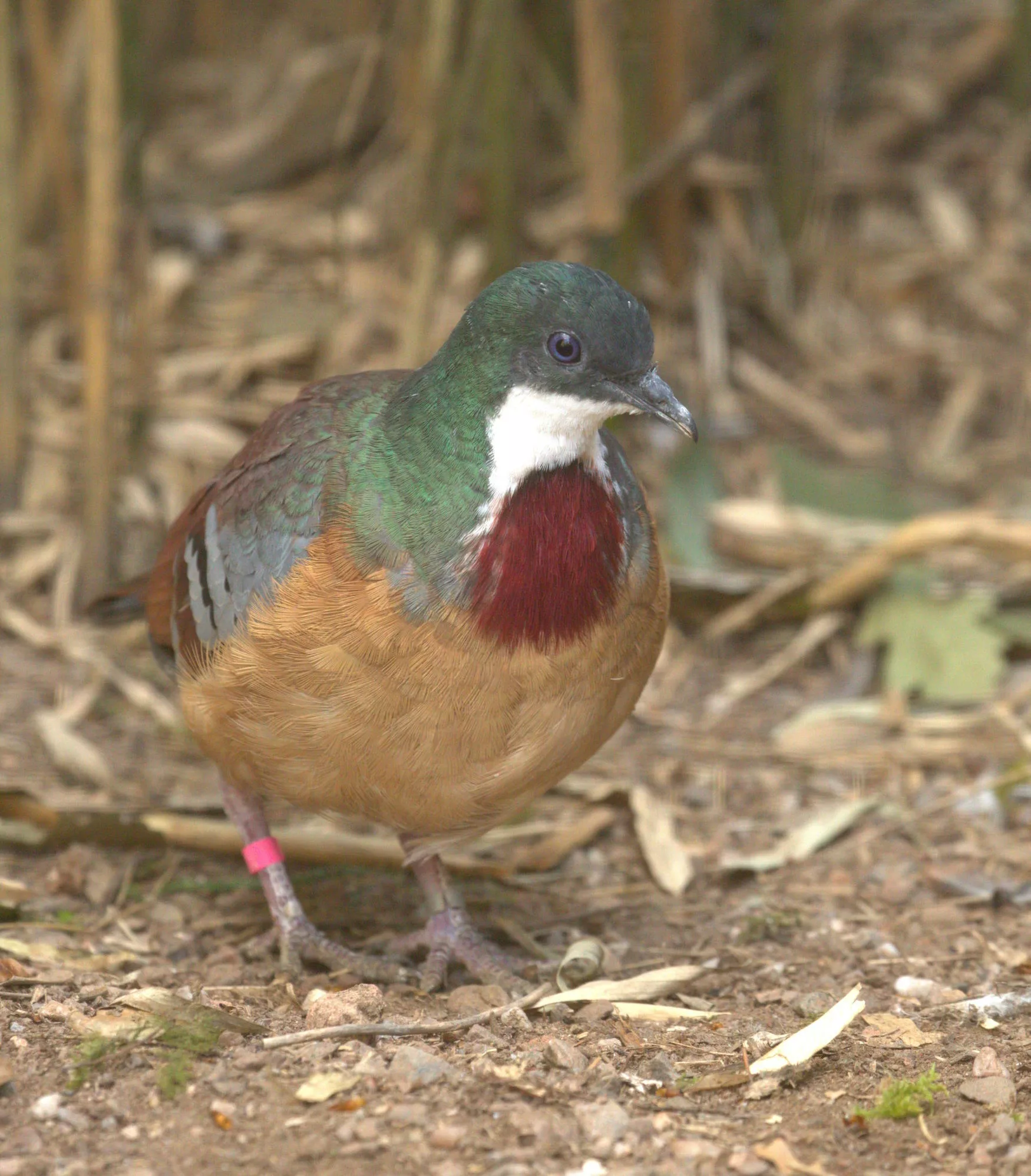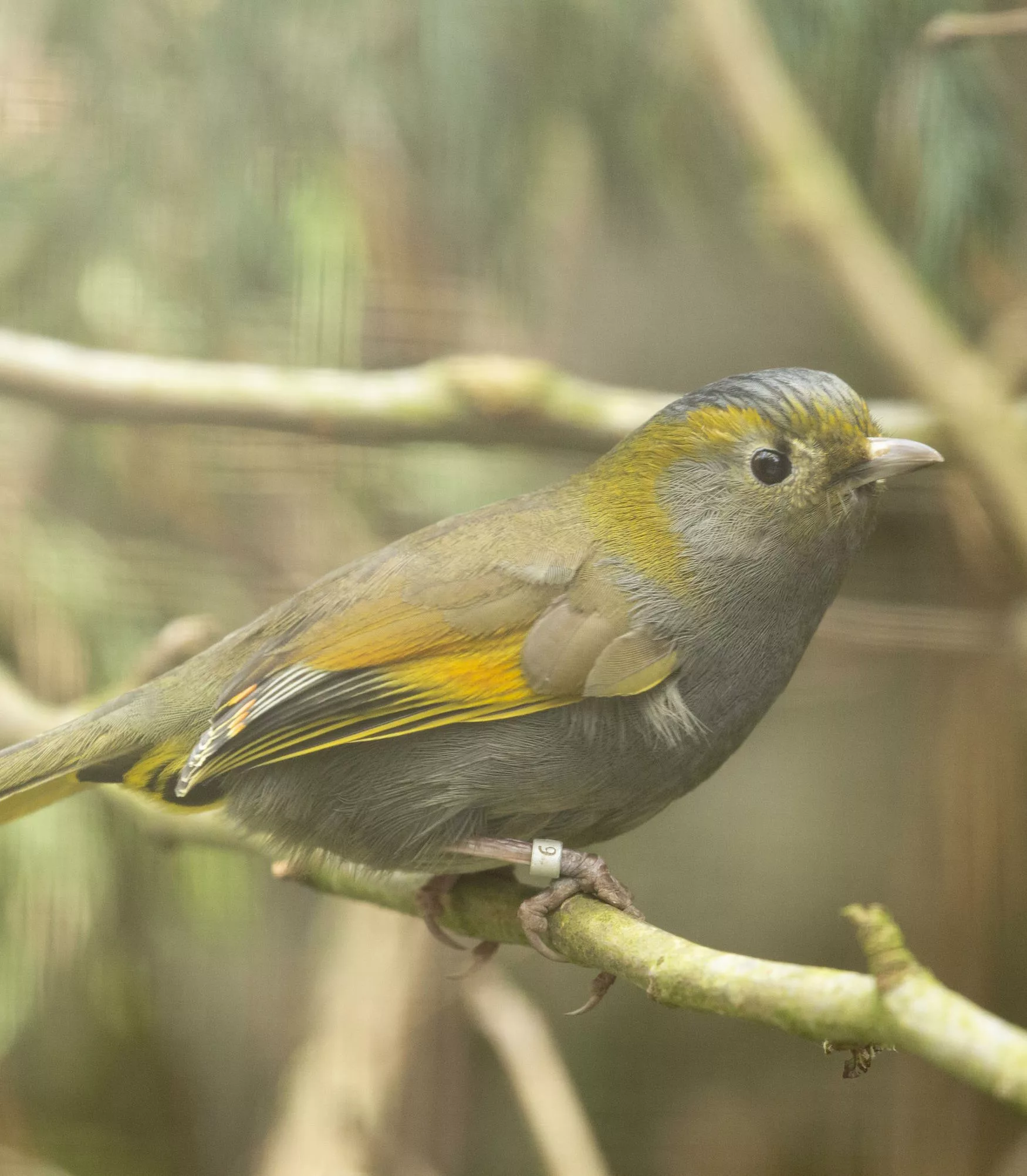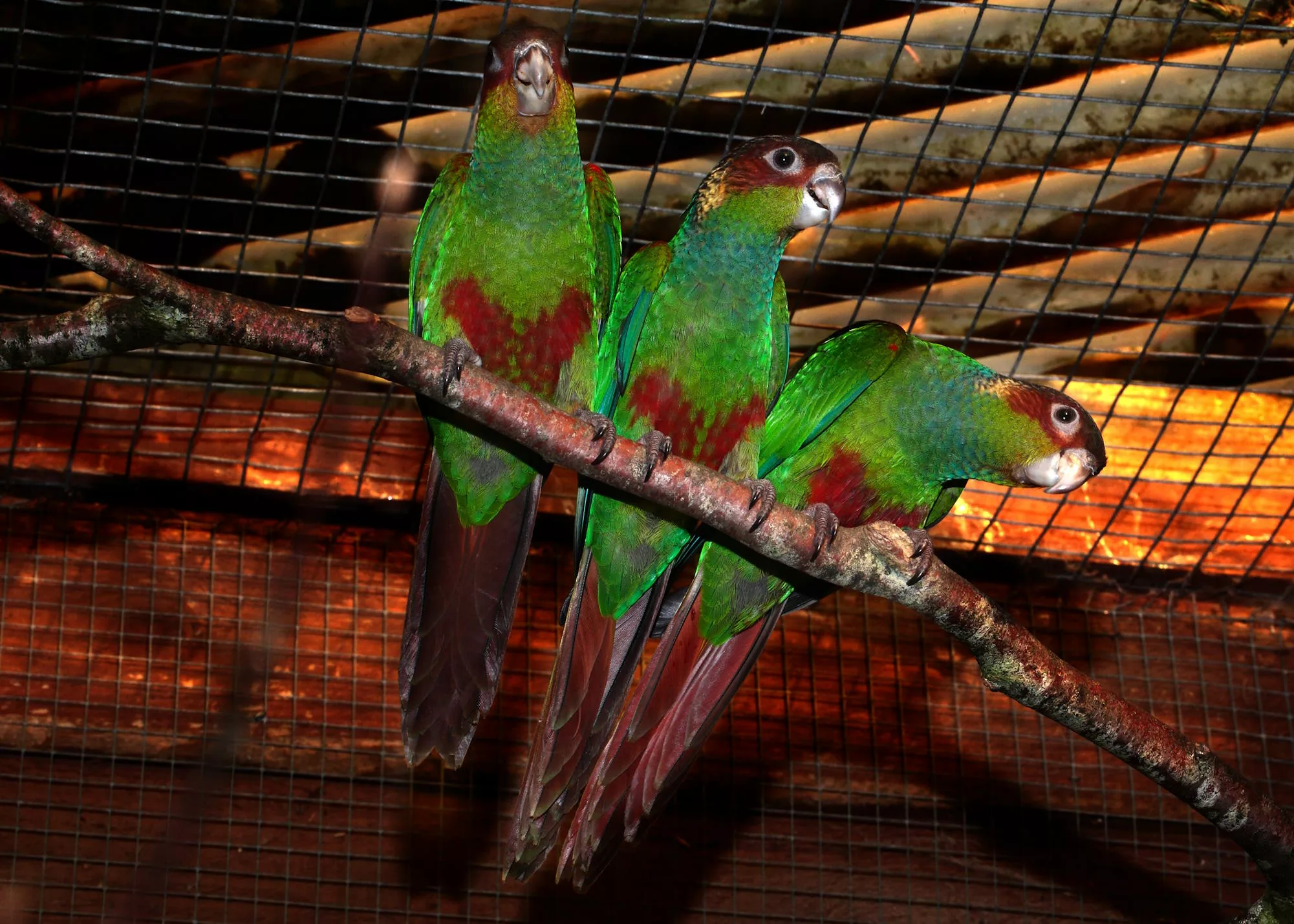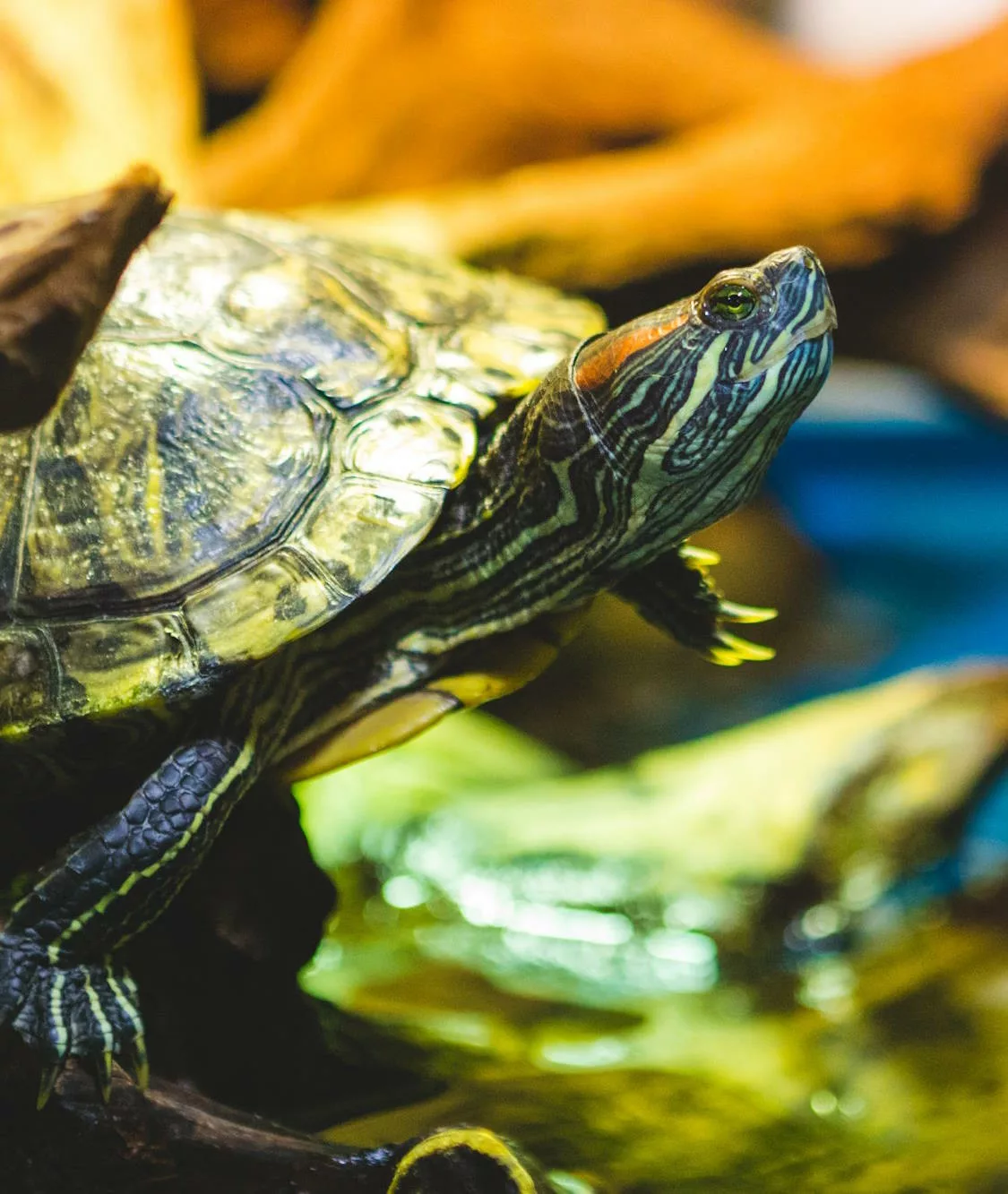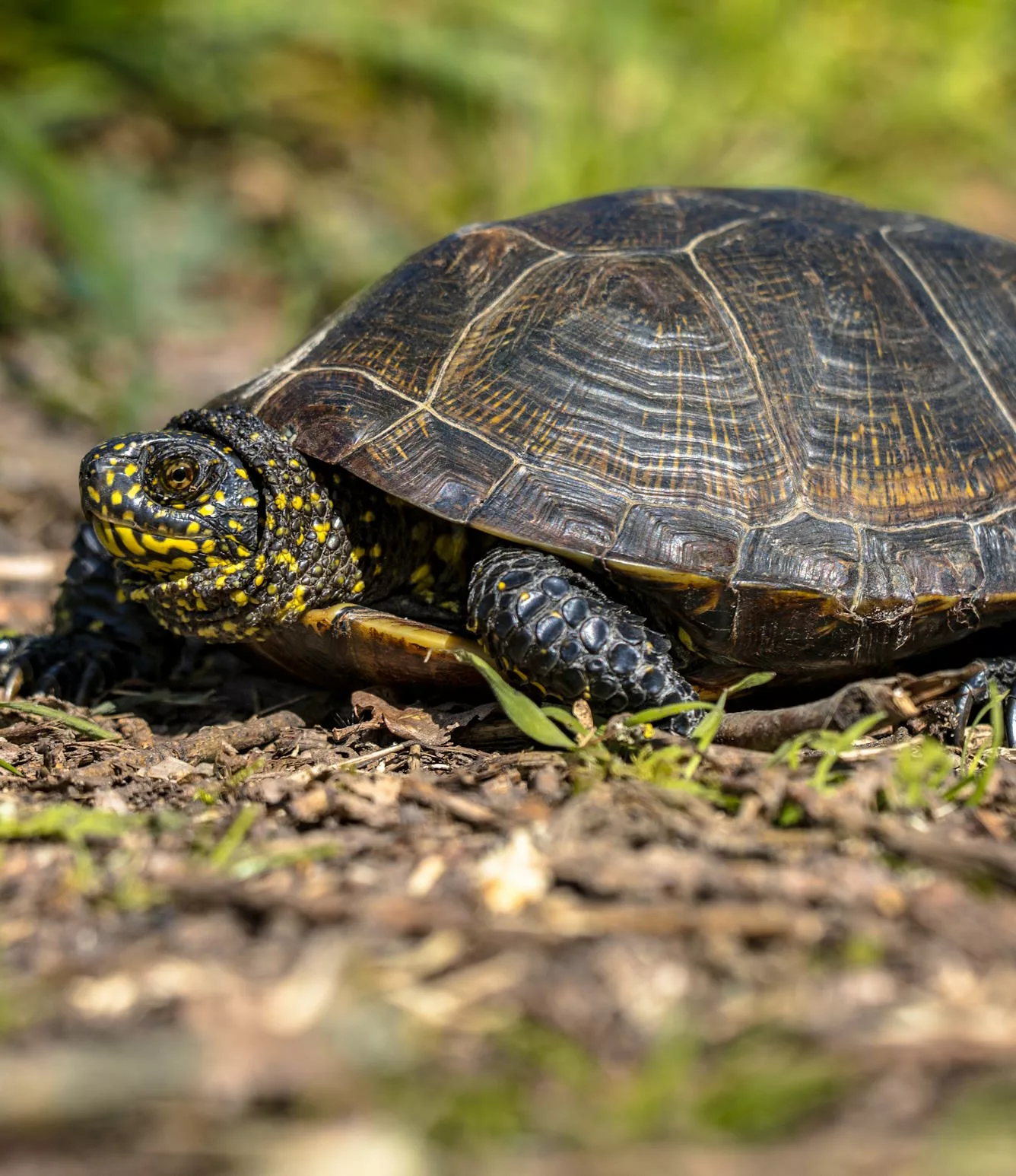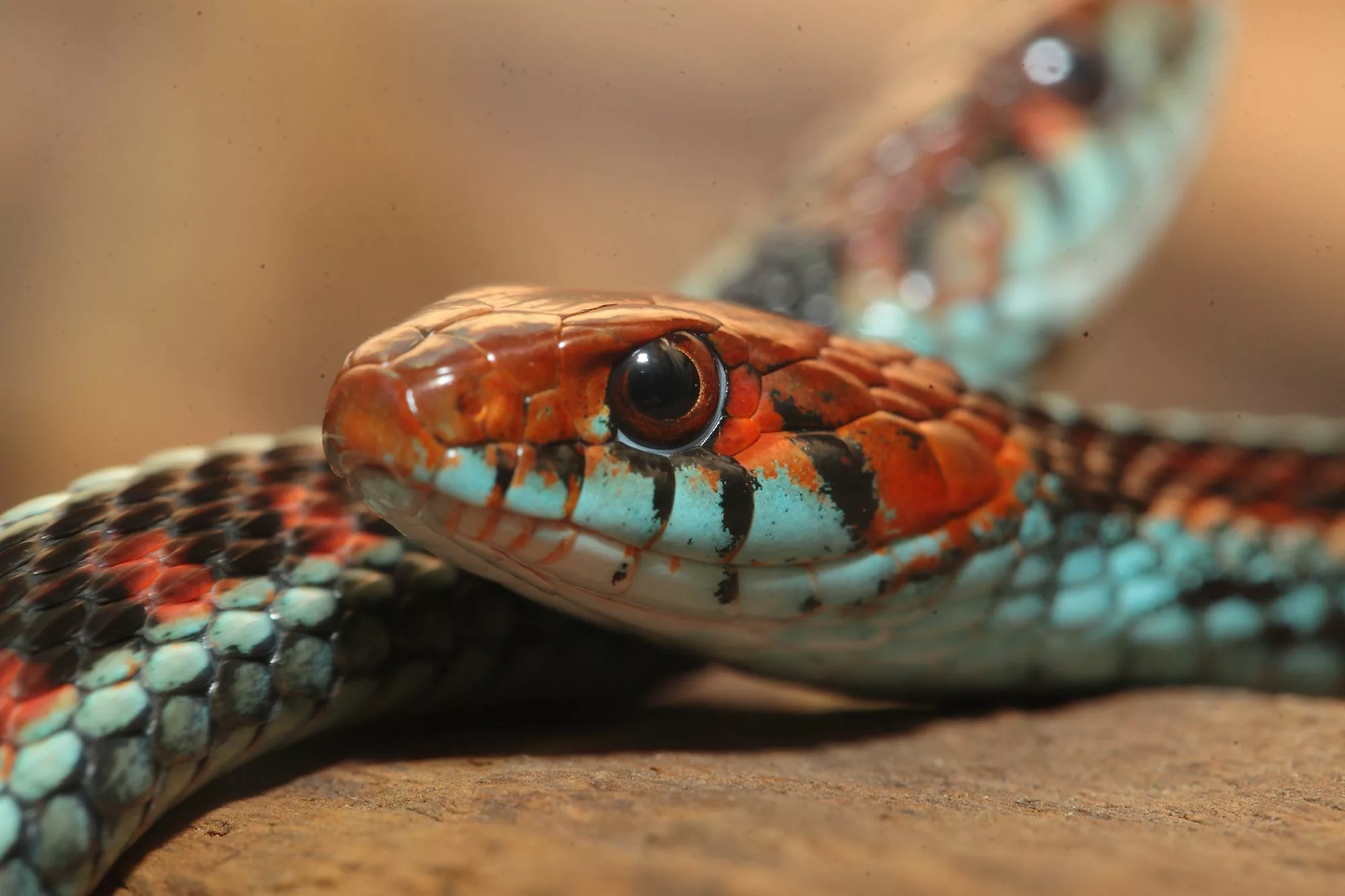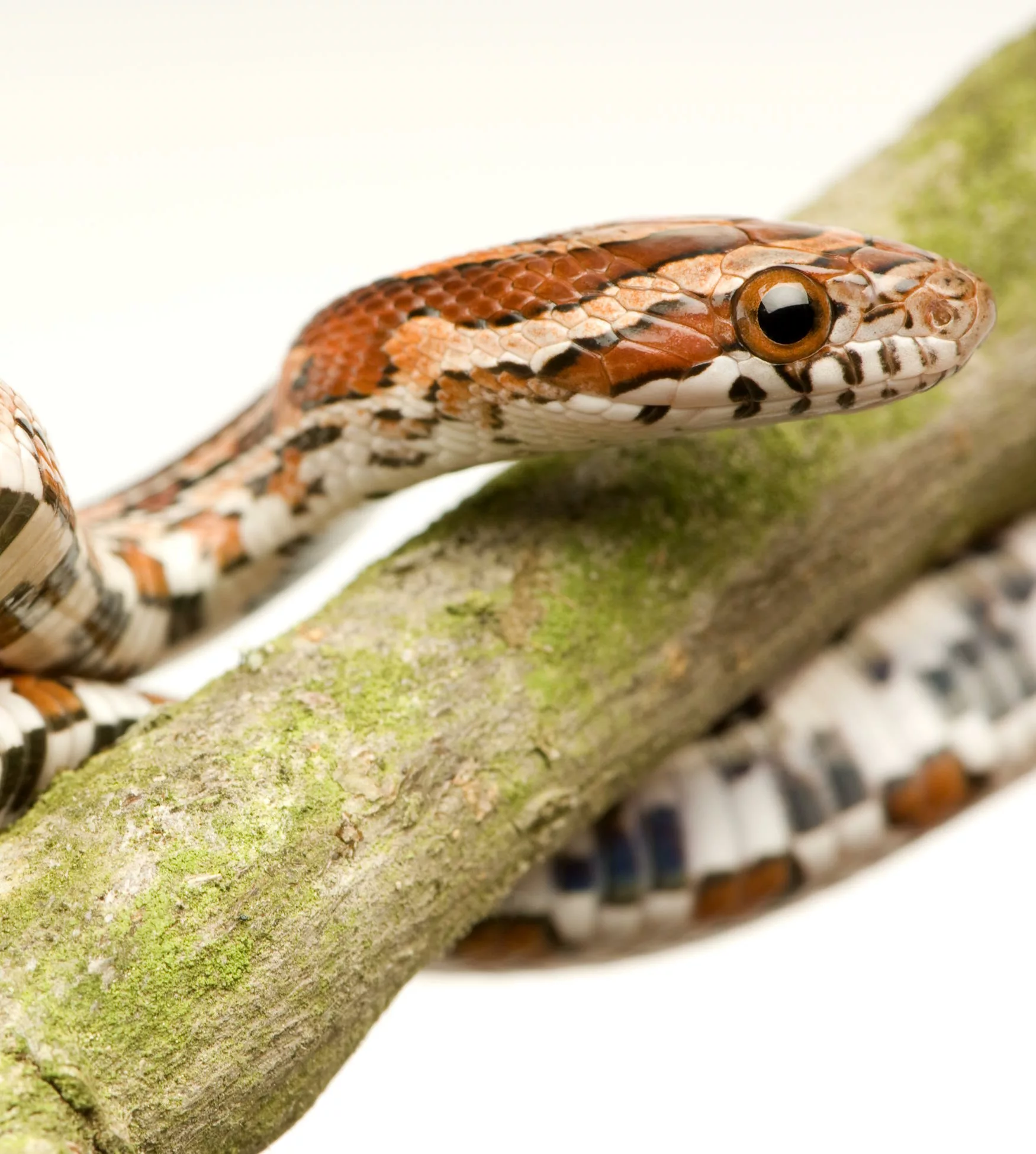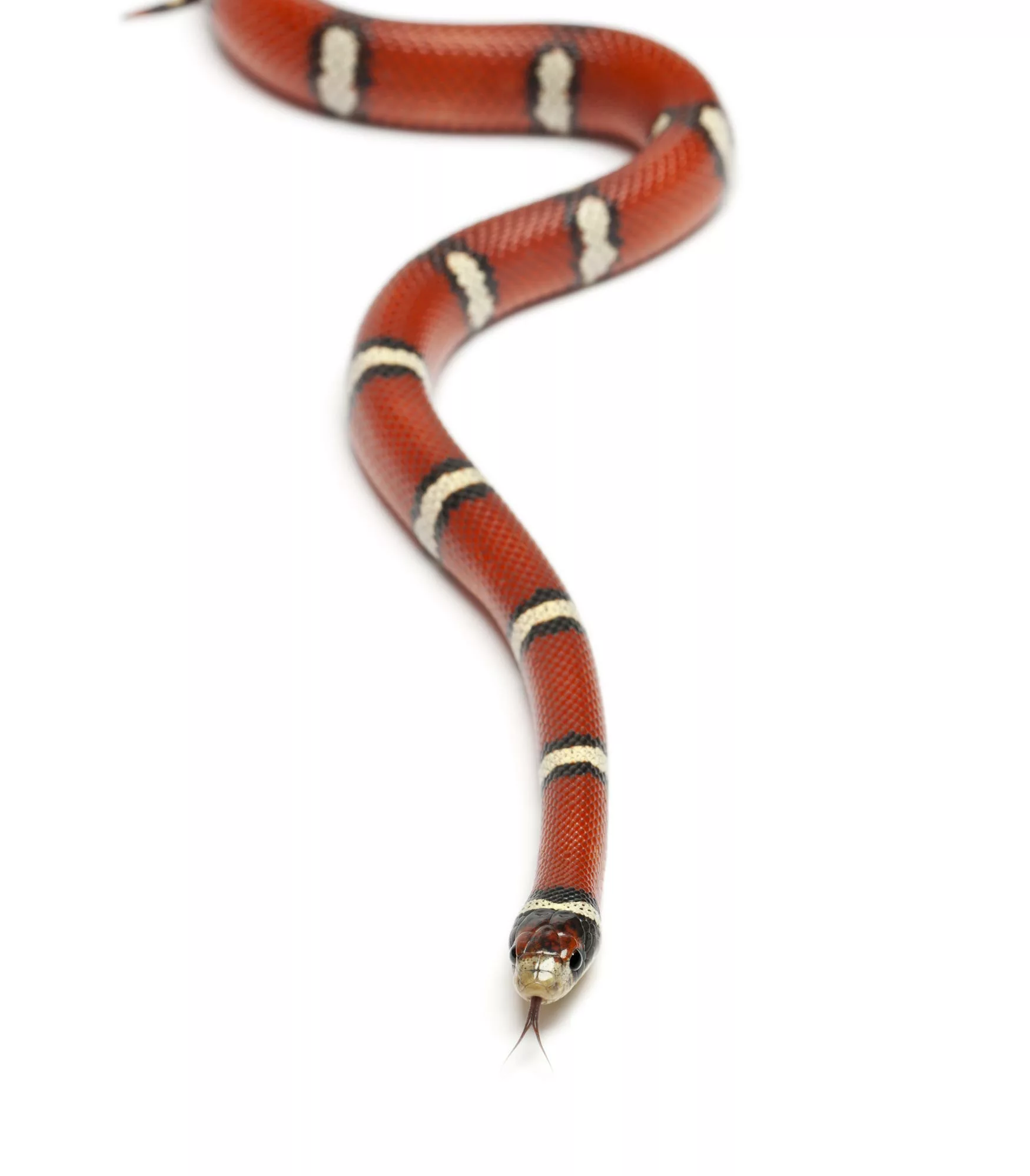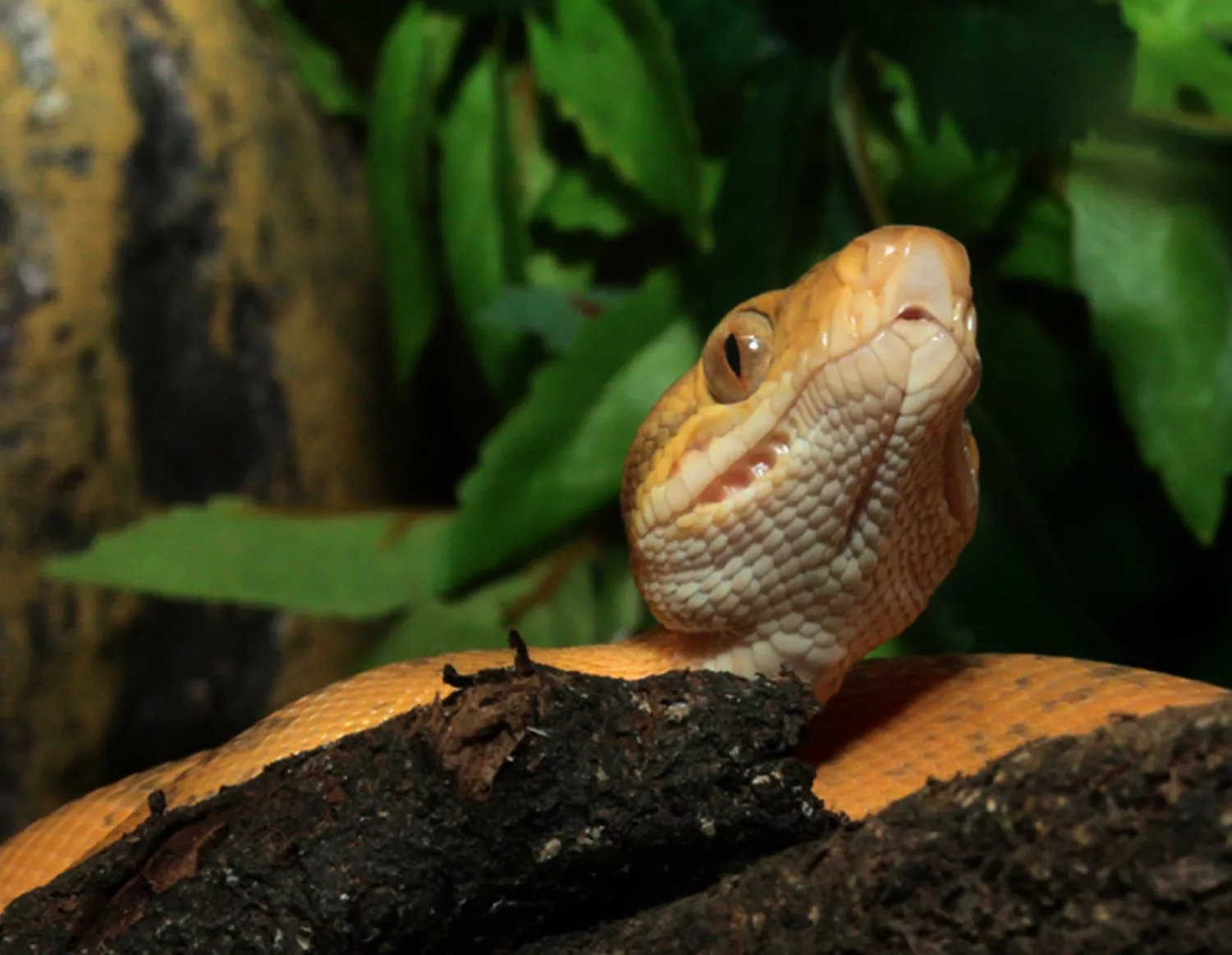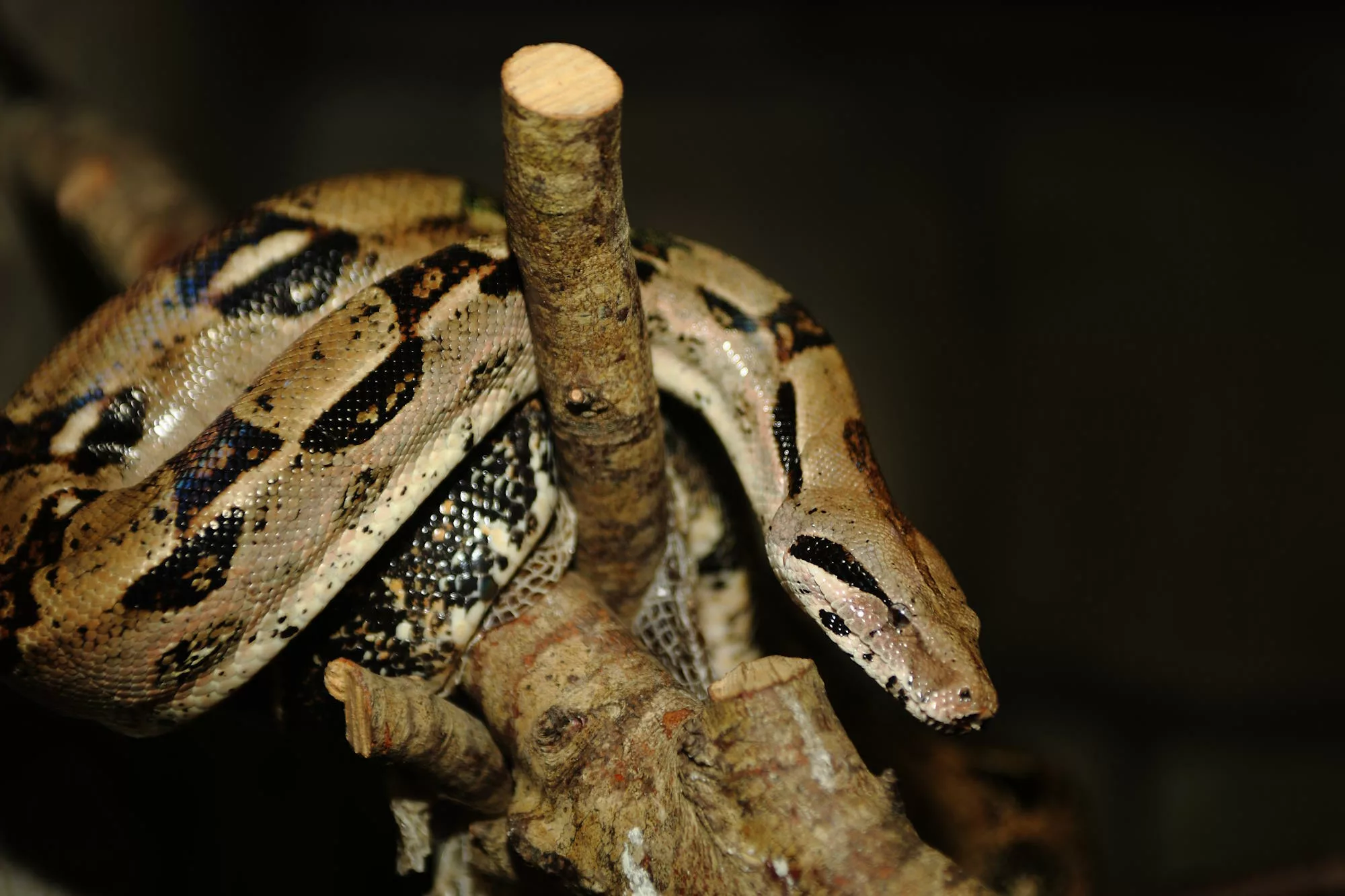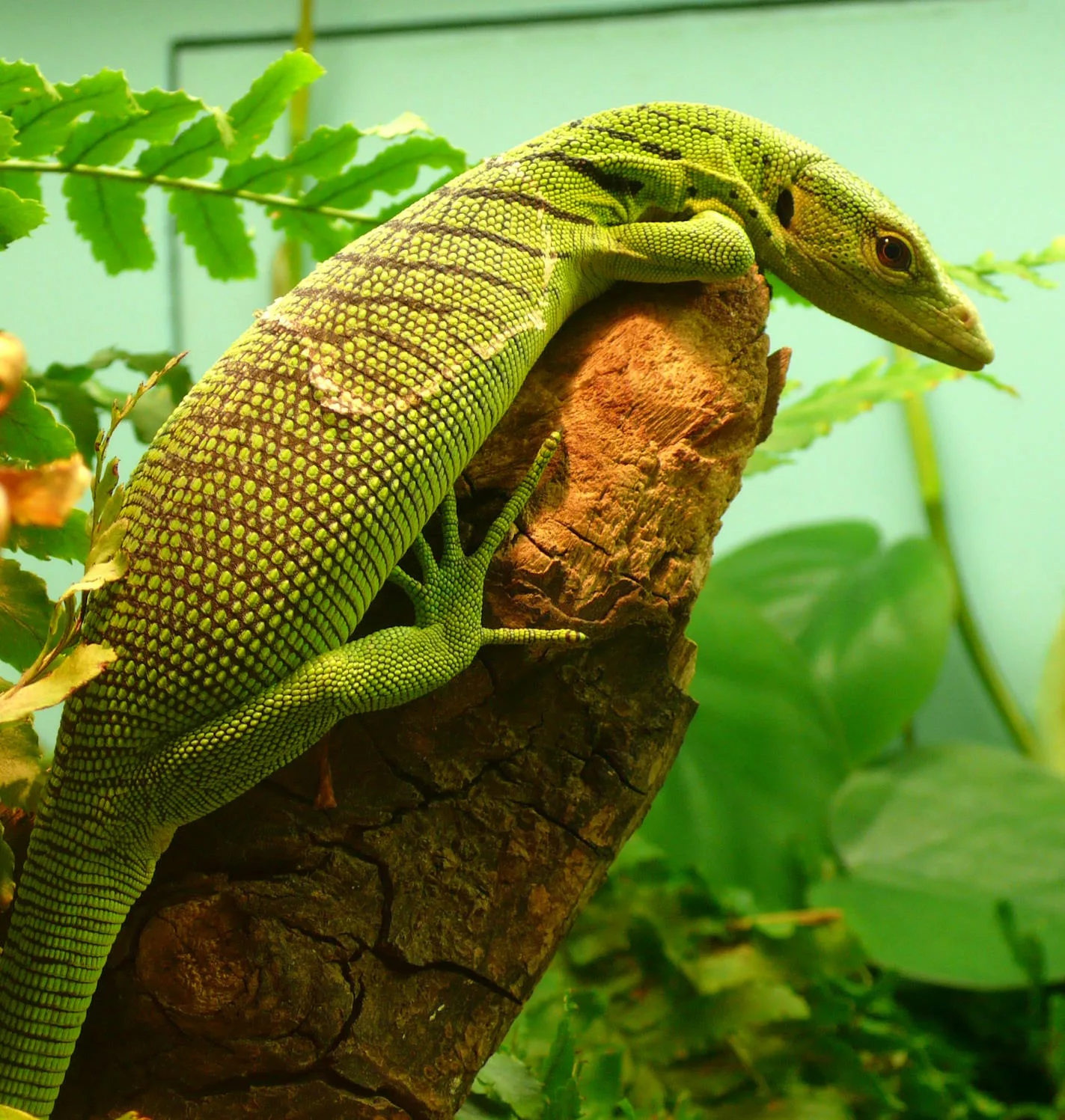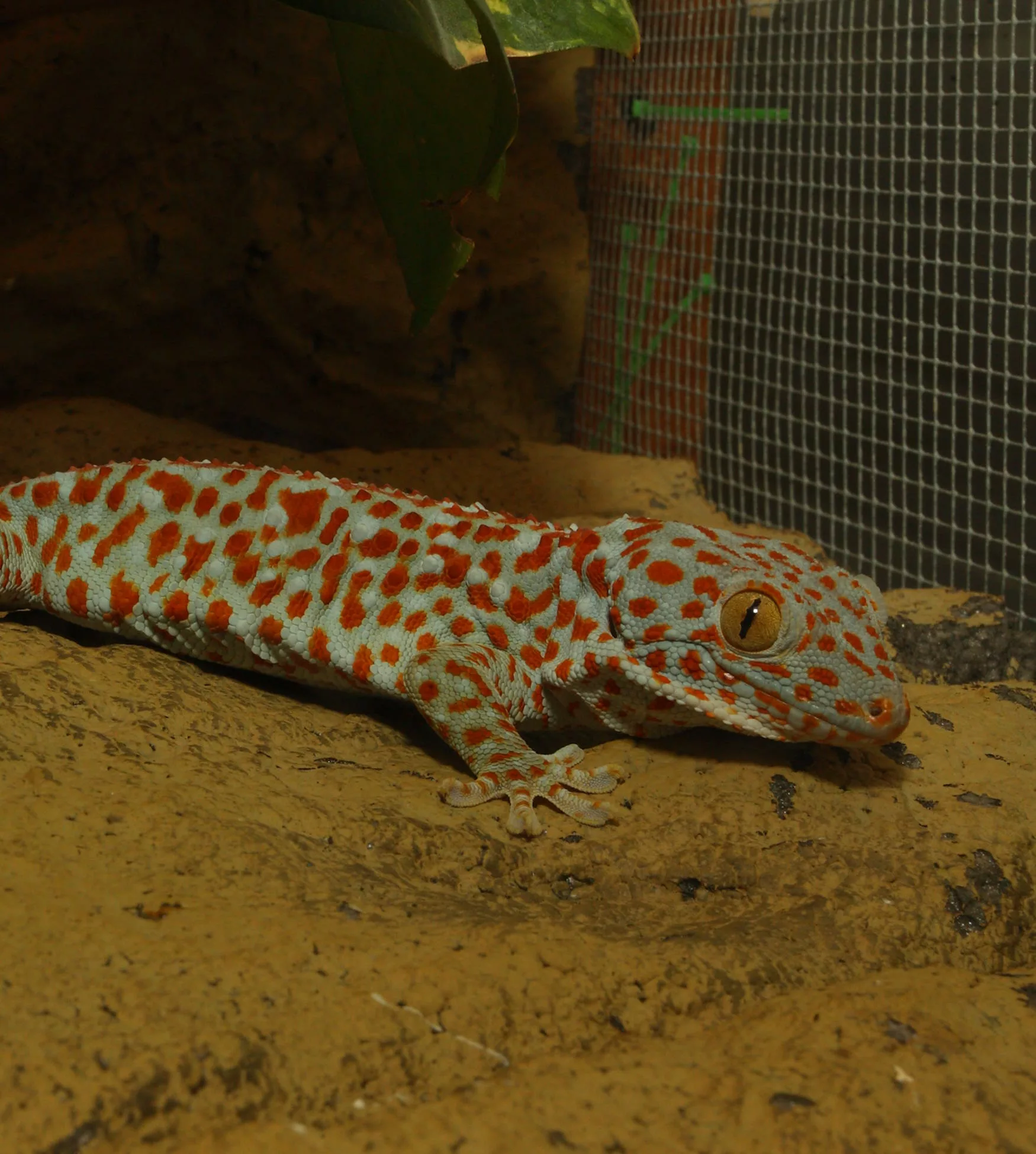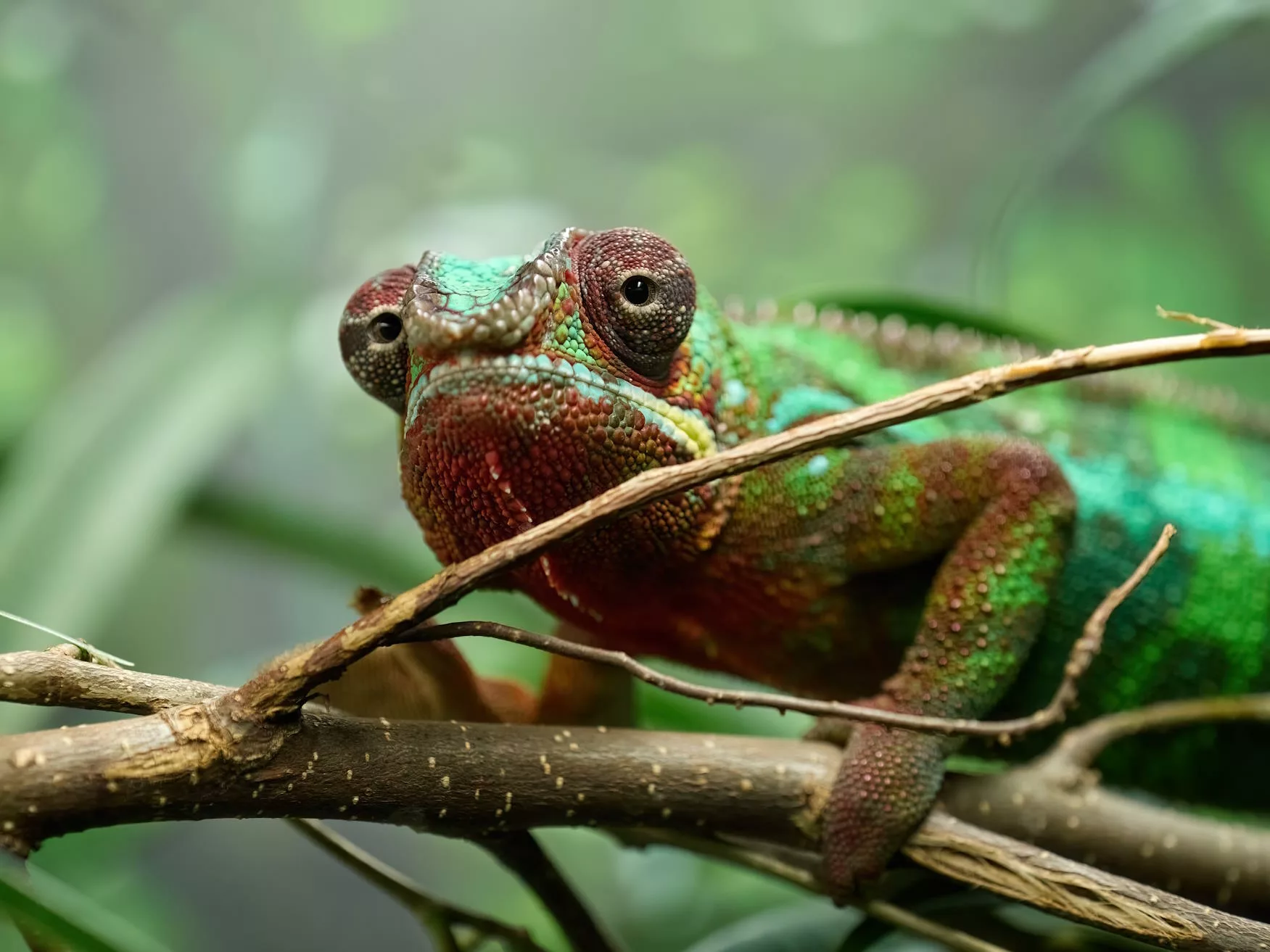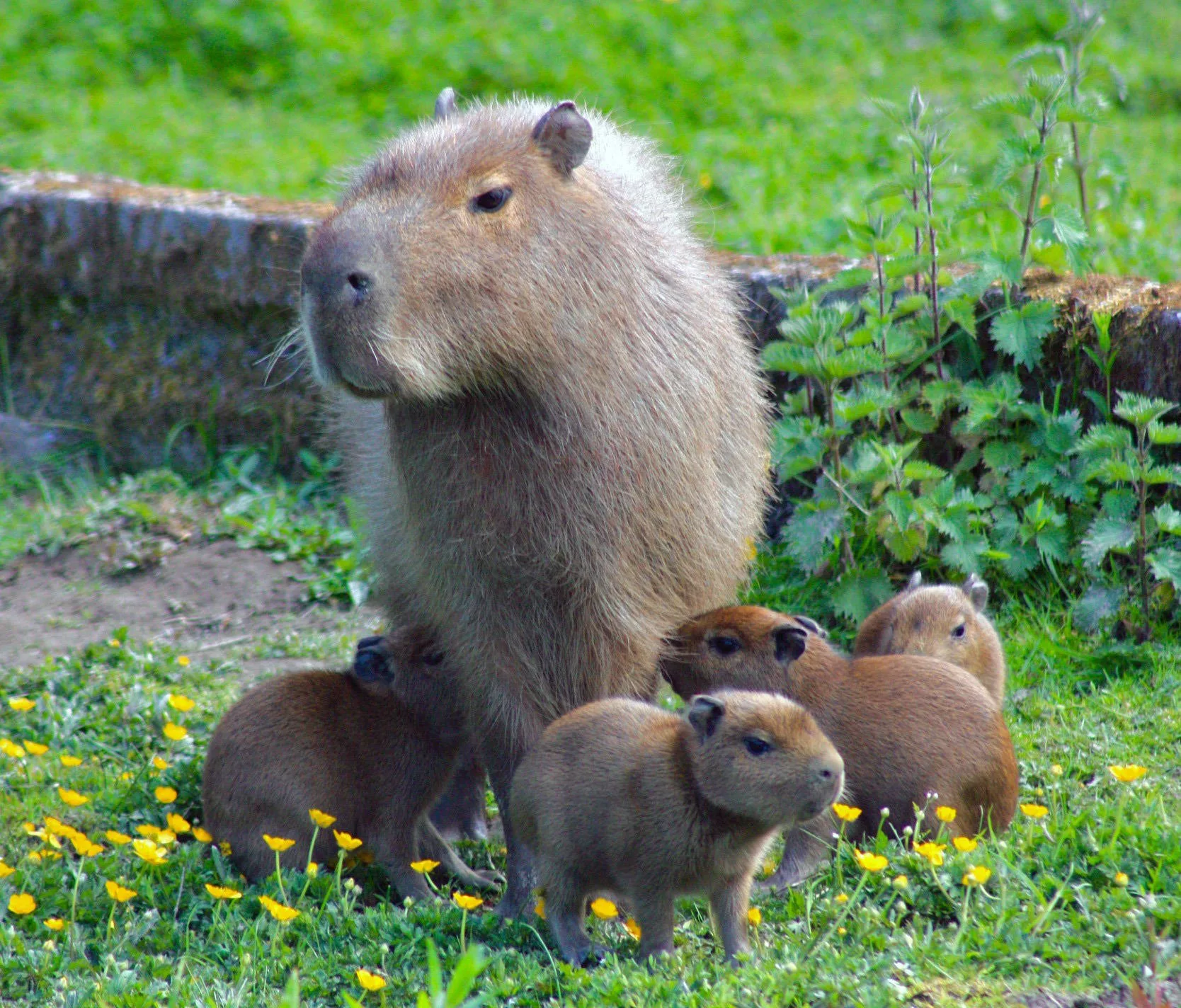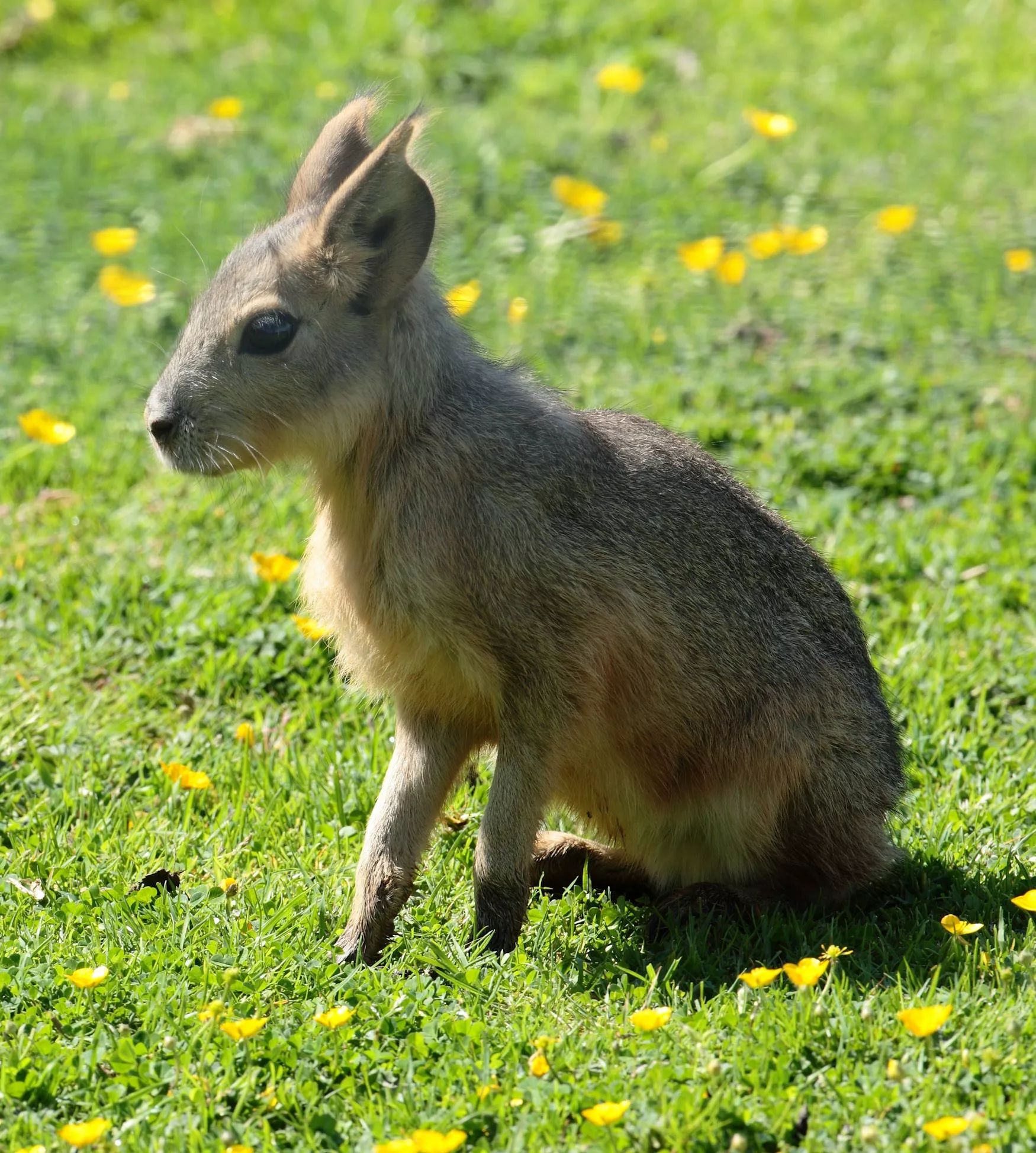
Giant Madagascar Day Gecko
Scientific name: Phelsuma grandis
IUCN listed as: Least Concern
Learn before you visit!
Here are some facts about the species – Discover what they eat, find out about their natural habitat, see what they like to do, and more… Set the reading style to suit you too, everyday speak or something aimed towards children.
Child-friendly
Everyday
Diet
Madagascan giant day geckos are omnivores, enjoying a varied diet that includes insects, spiders, and other small invertebrates. They also have a sweet tooth, often licking nectar, pollen, and soft fruits. In captivity, their diet is supplemented with meal replacement powders and live insects to ensure they receive all necessary nutrients.
Madagascan giant day geckos eat a mix of bugs and sweet stuff like nectar and fruit. In the wild, they munch on insects and flowers. In zoos, they get special food to keep them healthy.
Breeding
Breeding typically occurs between December and June. After mating, females lay their eggs in soil, covering them with leaf litter for protection. The hatchlings are independent from birth, able to fend for themselves without parental care.
They lay eggs between December and June. After hatching, the baby geckos are on their own, finding food and shelter by themselves.
Habitat
Native to Madagascar, they inhabit rainforests, orchards, and even urban areas. They are arboreal, residing in trees and on building walls, and are highly adaptable to various environments. Their ability to thrive in both natural and modified habitats highlights their resilience.
They come from Madagascar, where they live in rainforests and sometimes even on buildings. They’re good at living in different places, from jungles to towns.
At the zoo
These geckos are commonly found in zoos worldwide, including the Los Angeles Zoo and the National Zoo in Washington, D.C. In these settings, they thrive in environments that mimic their natural rainforest habitats, providing educational opportunities for visitors.
You can see these cool geckos in many zoos, like the Los Angeles Zoo. They live in special areas that look like their homes in Madagascar.
Behaviour
Madagascan giant day geckos are diurnal, active during daylight hours. They are territorial, with males often engaging in displays and fights to establish dominance. Their adhesive toe pads allow them to climb smooth surfaces, including glass, making them adept at navigating their environments.
These geckos are awake during the day. Males like to show off and sometimes fight to be the boss. Their feet are like built-in sticky pads, helping them climb almost anything.
Fun facts
- Size Matters: They are among the largest day geckos, growing up to 12 inches (30 cm) in length.
- Vocal Creatures: Unlike many lizards, they can produce sounds like squeaks, clicks, barks, and croaks.
- Eye Protection: Their eyes are covered by a clear, fixed plate instead of movable eyelids.
- Sticky Feet: Their feet have special pads that let them climb smooth surfaces, even glass.
- Colourful Display: They sport vibrant green bodies with red spots and a distinctive red stripe from nose to eye.
- Big and Bold: They can grow as long as a ruler, up to 12 inches!
- Talkative Tails: They make all sorts of sounds, like squeaks and clicks.
- No Eyelids: Their eyes have a clear shield instead of movable eyelids.
- Sticky Fingers: They can climb glass because of their special foot pads.
- Fashionable: They’ve got green skin with red spots and a cool red stripe on their face.
More animals to discover at our zoo
Quick Links
Tickets & Prices
You can buy tickets for Exmoor Zoo securely online, as well as finding out more price options, discover offers, and more…
What’s on…
Exmoor Zoo hosts incredible Events all through the year. You can find out about what we’ve got in store here…
Routes & info
Like any great discovery, Exmoor Zoo can feel a little off the beaten path – but don’t worry – you can plan your journey with our recommended routes and other useful travel info.
